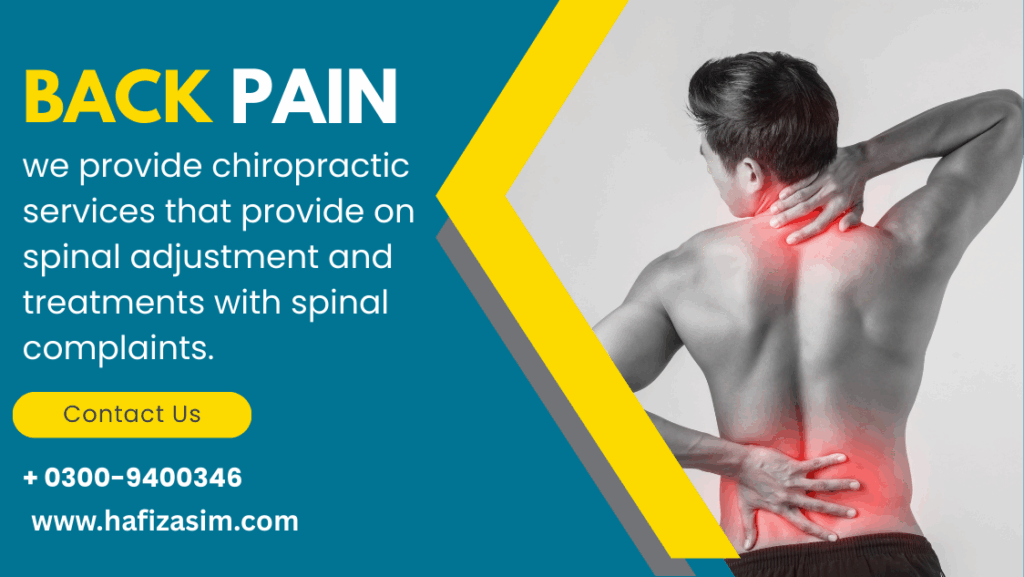Understanding Pelvic Floor Weakness and Incontinence: Causes, Symptoms, and Treatment Options
Pelvic floor weakness and incontinence are common conditions that can significantly impact a person’s quality of life. These issues can affect both men and women, leading to discomfort, embarrassment, and challenges in daily activities. Understanding the causes, symptoms, and treatment options is the first step toward managing these conditions effectively.
What is the Pelvic Floor?
The pelvic floor is a group of muscles and connective tissues located at the base of the pelvis. It plays a crucial role in:
- Supporting pelvic organs such as the bladder, rectum, and in women, the uterus.
- Controlling bladder and bowel functions.
- Facilitating childbirth in women.
- Maintaining core stability.
When these muscles become weak or dysfunctional, it can lead to conditions such as pelvic floor weakness and incontinence.
Causes of Pelvic Floor Weakness
Pelvic floor weakness can result from various factors, including:
- Childbirth: Vaginal deliveries can stretch and weaken pelvic floor muscles.
- Aging: Muscle tone naturally decreases with age.
- Chronic Strain: Heavy lifting, constipation, or chronic coughing can overwork these muscles.
- Obesity: Excess weight puts additional pressure on the pelvic floor.
- Surgery: Procedures such as a hysterectomy can impact pelvic floor strength.
- Hormonal Changes: Menopause in women can lead to reduced estrogen levels, affecting muscle elasticity.
Types of Incontinence
Incontinence is a common symptom of pelvic floor weakness and can be classified into several types:
- Stress Incontinence
- Leakage occurs during activities like coughing, sneezing, or exercising.
- Urge Incontinence
- A sudden, strong urge to urinate, often leading to accidental leakage.
- Overflow Incontinence
- Incomplete bladder emptying leads to frequent dribbling.
- Functional Incontinence
- Difficulty reaching the bathroom in time due to mobility or cognitive issues.
Symptoms of Pelvic Floor Weakness
- Frequent or urgent need to urinate.
- Difficulty controlling bowel or bladder movements.
- Lower back pain.
- Pelvic heaviness or discomfort.
- Pain during sexual activity.
Diagnosis of Pelvic Floor Disorders
To diagnose pelvic floor weakness or incontinence, healthcare providers may:
- Conduct a Physical Exam: Assess muscle strength and identify any abnormalities.
- Use Imaging Tests: Ultrasound or MRI to visualize the pelvic floor.
- Perform Urodynamic Tests: Evaluate bladder function and control.
Treatment Options
1. Pelvic Floor Exercises (Kegels)
- Strengthen and tone pelvic floor muscles.
- Recommended for mild to moderate cases.
2. Physical Therapy
- Targeted exercises guided by a therapist to improve muscle function and coordination.
- May include biofeedback techniques for better muscle control.
3. Lifestyle Modifications
- Maintain a healthy weight.
- Avoid heavy lifting and manage chronic coughing.
- Stay hydrated and consume a fiber-rich diet to prevent constipation.
4. Medical Interventions
- Medications: May include drugs to manage bladder activity.
- Pessary Devices: Inserted into the vagina to provide support for pelvic organs.
- Surgical Options: For severe cases, procedures like sling surgery may be recommended.
5. Advanced Therapies
- Electrical Stimulation: Stimulates and strengthens pelvic floor muscles.
- Laser Therapy: Improves tissue elasticity and promotes healing.
Preventing Pelvic Floor Weakness
- Engage in Regular Exercise: Focus on core and pelvic floor strengthening.
- Adopt Proper Lifting Techniques: Use your legs instead of straining your back and abdomen.
- Manage Weight: Maintain a healthy BMI to reduce pressure on pelvic muscles.
- Practice Good Bathroom Habits: Avoid straining during bowel movements and urinate regularly without delaying.
- Postpartum Care: New mothers should seek guidance on pelvic floor recovery exercises.
How IMC Rehab Services Can Help
At IMC Rehab Services, we offer comprehensive care for pelvic floor weakness and incontinence. Our expert team provides:
- Personalized Physical Therapy Plans: Tailored exercises and treatments for your specific needs.
- State-of-the-Art Technology: Including biofeedback and electrical stimulation for effective rehabilitation.
- Holistic Support: Education, counseling, and lifestyle guidance to ensure long-term results.
Take the First Step Toward Recovery
Don’t let pelvic floor issues affect your daily life. Our team at IMC Rehab Services is here to help you regain control and confidence. With the right approach, you can overcome these challenges and enjoy a better quality of life.
Contact us today to schedule a consultation and start your journey to recovery!


